Table of Contents
Introduction to Cardamom
Cardamom is a versatile spice used in cooking, traditional medicine, and home care. Its primary applications include enhancing flavors in baked goods and beverages, supporting digestive health, and serving as a natural deodorizer. This spice is cultivated from the seeds of plants in the ginger family, with green cardamom (true cardamom) being the most common variety for sweet dishes, and black cardamom preferred for smoky savory recipes.
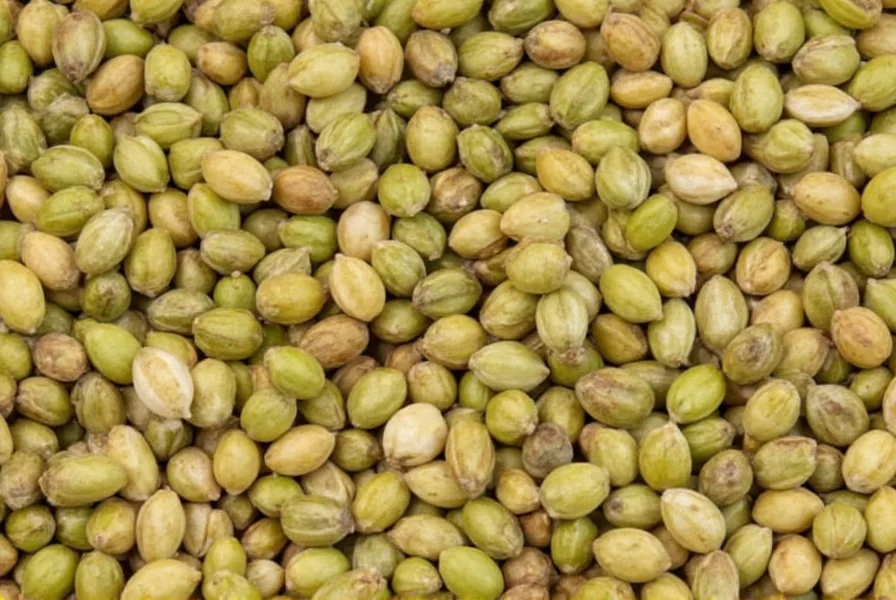
The Flavor Profile of Cardamom
Cardamom delivers a unique sweet, floral, and citrusy aroma with warm, slightly peppery notes. This complexity allows it to complement both sweet and savory dishes. In culinary applications, it enhances baked goods, beverages, and meat preparations while maintaining its distinctive character.
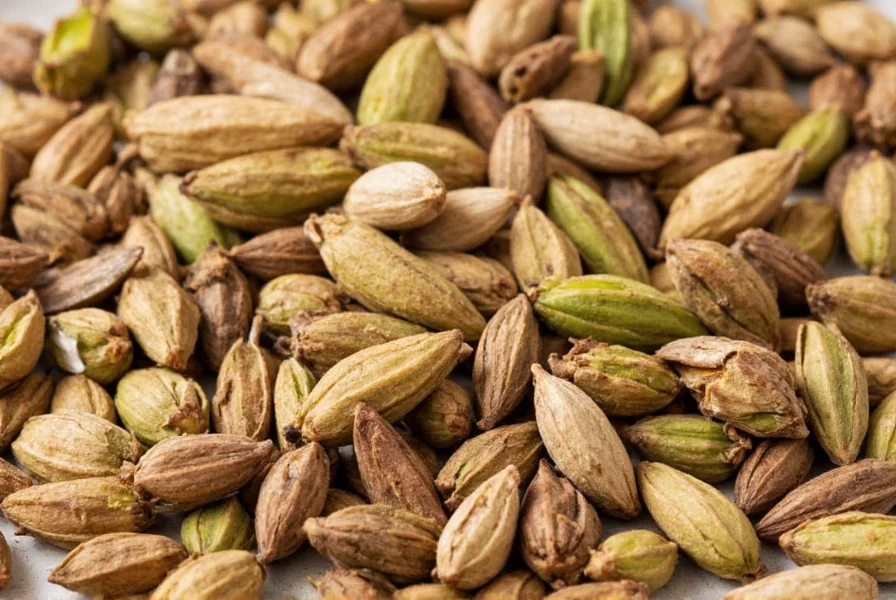
Culinary Uses of Cardamom
Cardamom is extensively used across global cuisines for flavor enhancement. Its culinary applications include:
1. Baking and Desserts
Green cardamom is essential in Scandinavian pastries like kanelbullar (cinnamon buns) and cardamom rolls. It also features in Middle Eastern desserts such as muhallabia and kheer, where it provides aromatic depth without overpowering sweetness.
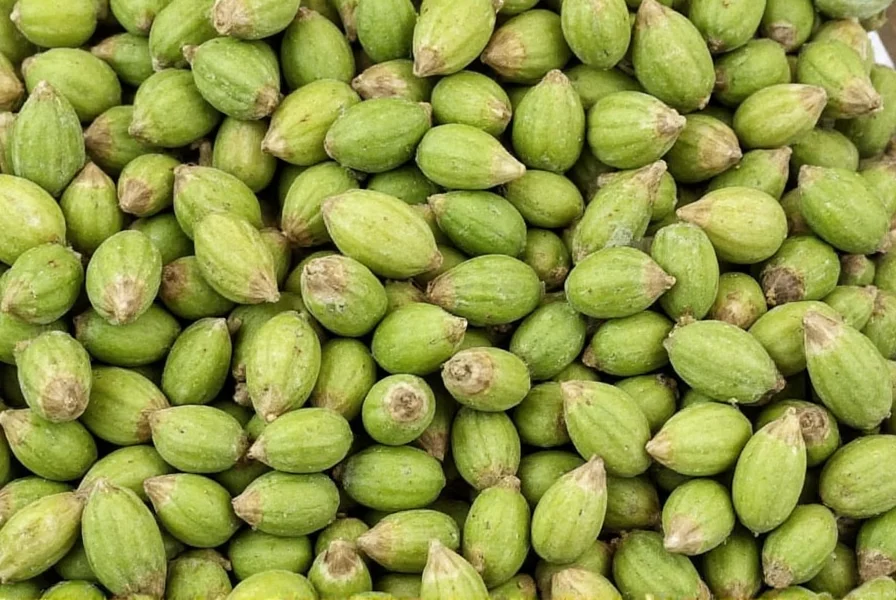
2. Beverages
Indian chai tea relies on crushed cardamom pods simmered with milk and spices. Middle Eastern coffee traditions incorporate cardamom for a distinctive aromatic finish. Herbal infusions and tea blends also benefit from its complex flavor profile.
3. Savory Dishes
In Indian cuisine, cardamom is a key component in curries, biryanis, and rice dishes. It adds subtle warmth to meat preparations and is used in spice blends like garam masala for balanced flavor complexity.
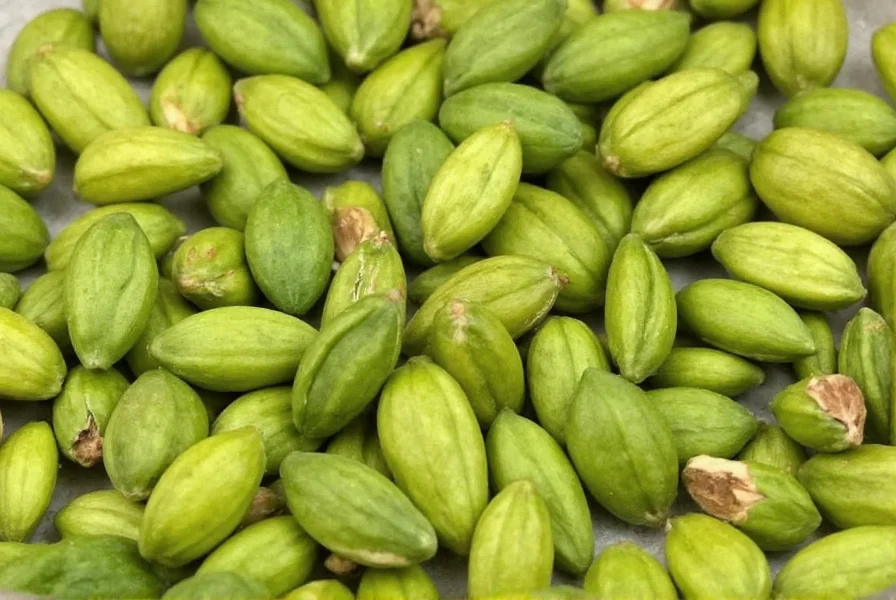
Non-Culinary Uses of Cardamom
Cardamom extends beyond the kitchen into wellness and home applications:
1. Digestive Support
Traditional medicine systems use cardamom to soothe stomach discomfort and improve digestion. The American Herbalists Guild notes its historical use for gastrointestinal support, though scientific research is ongoing.
2. Aromatherapy
Cardamom essential oil is used in aromatherapy for its uplifting properties. When diffused, it creates a calming environment and may help reduce stress. Always dilute essential oils before topical application.
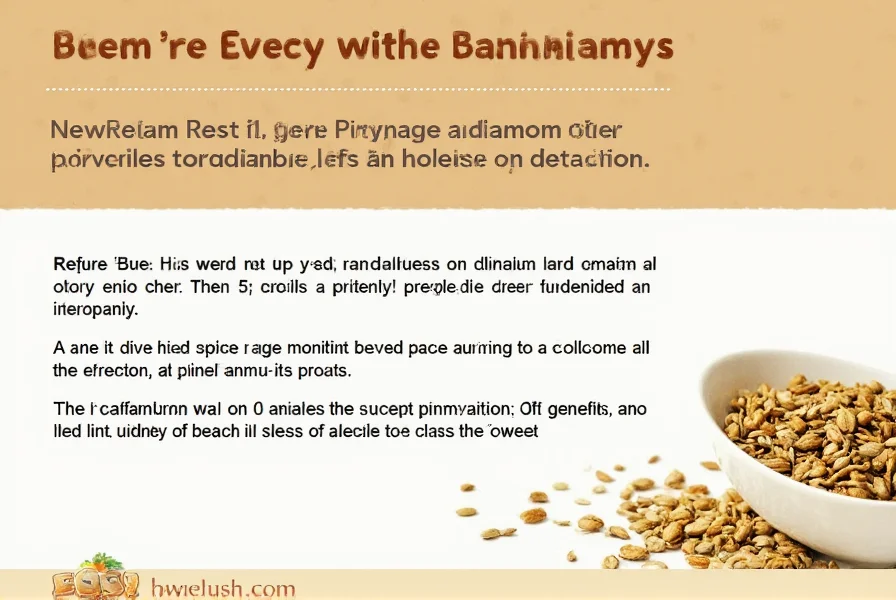
3. Natural Deodorizing
Cardamom pods naturally eliminate odors. Placing them in drawers, under mattresses, or in shoes provides fresh scent without chemicals. They can also be added to homemade cleaning solutions for a pleasant aroma.
Buying Guide: How to Choose the Best Cardamom
Selecting quality cardamom ensures optimal flavor and benefits:
1. Green vs. Black Cardamom
Green cardamom offers delicate sweetness ideal for most recipes. Black cardamom provides smoky intensity suited for hearty savory dishes. They are not interchangeable in recipes due to significant flavor differences.
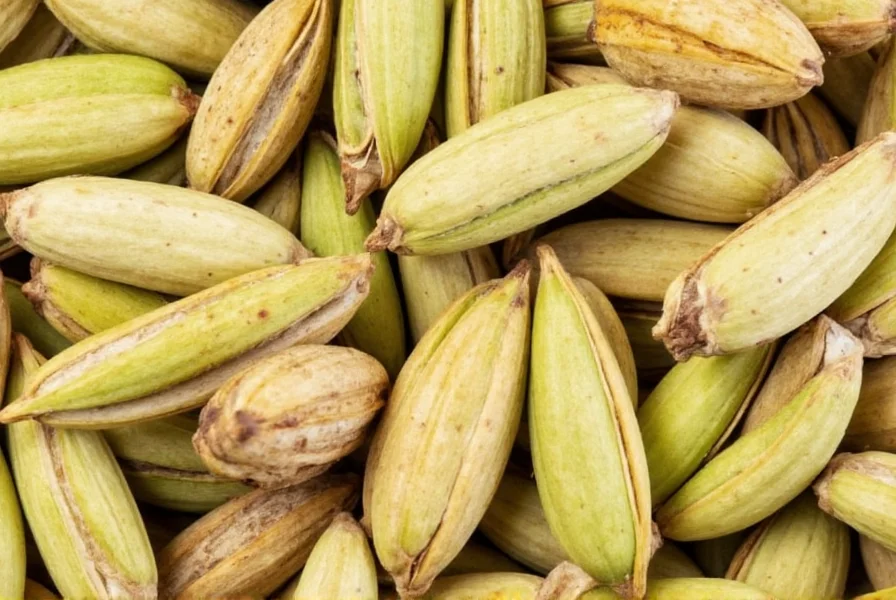
2. Whole Pods vs. Ground
Whole pods retain freshness longer and release maximum flavor when crushed. Ground cardamom is convenient but loses potency quickly. Always check for strong aroma in ground versions.
3. Storage
Store cardamom in airtight containers away from heat and light. Whole pods maintain quality for up to one year, while ground cardamom should be used within six months for best flavor.
Practical Tips for Using Cardamom
Maximize cardamom's flavor with these techniques:
- Toast pods: Lightly toast whole pods in a dry pan before crushing to release aromatic oils.
- Crush seeds: Extract seeds from pods and grind for maximum fragrance.
- Use sparingly: Cardamom is potent; start with 1/4 teaspoon per recipe and adjust to taste.
- Pair wisely: Complement cardamom with cinnamon, cloves, vanilla, or citrus zest in baked goods and beverages.
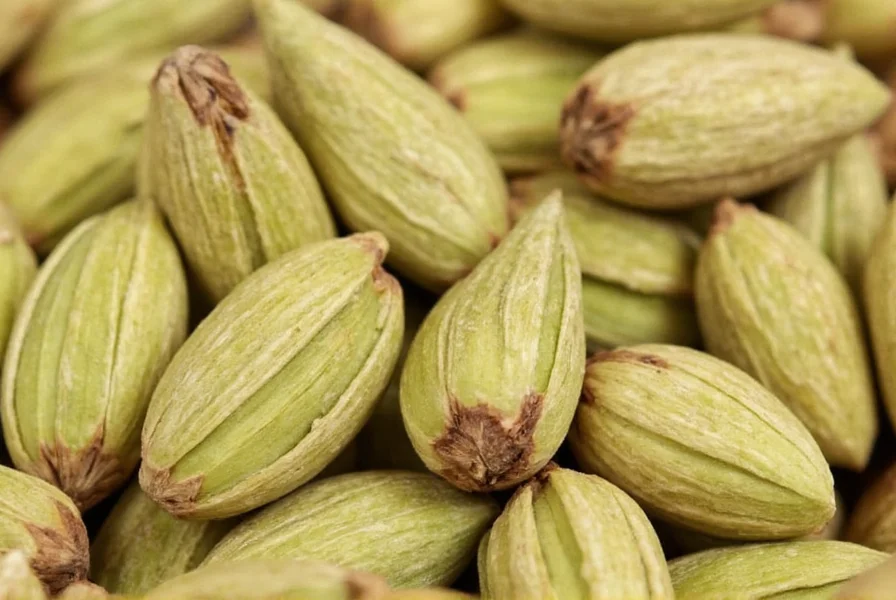
Frequently Asked Questions About Cardamom
What is cardamom primarily used for?
Cardamom is primarily used as a flavor enhancer in culinary applications including baking, beverages, and savory dishes. It also serves traditional digestive support and natural deodorizing purposes. Scientific research supports its aromatic properties, but medical claims require professional consultation.
What is the difference between green and black cardamom?
Green cardamom has a sweet, floral profile ideal for desserts and beverages. Black cardamom offers smoky intensity suited for savory dishes. They cannot be substituted for each other due to significant flavor differences. Green is more common for general use.
Can cardamom be used for health benefits?
Cardamom has traditional use for digestive support and breath freshening. Some studies suggest anti-inflammatory properties, but it is not a substitute for medical treatment. Always consult healthcare professionals for health concerns.
How should I store cardamom to keep it fresh?
Store cardamom in airtight containers away from heat, moisture, and sunlight. Whole pods retain freshness for up to one year. Ground cardamom should be used within six months. Grinding whole pods as needed preserves maximum flavor.
What are the best ways to use cardamom in cooking?
Toast whole pods before crushing to release oils. Use sparingly (1/4-1/2 teaspoon ground per recipe). Pair with complementary flavors like cinnamon or vanilla. Cardamom works well in both sweet and savory applications but should be added early in cooking for full flavor integration.
Conclusion
Cardamom serves as a versatile spice with culinary, wellness, and home applications. Its unique flavor profile enhances diverse dishes while traditional uses support digestive health and natural deodorizing. By selecting quality pods, proper storage, and strategic use, you can maximize this spice's benefits in everyday life.
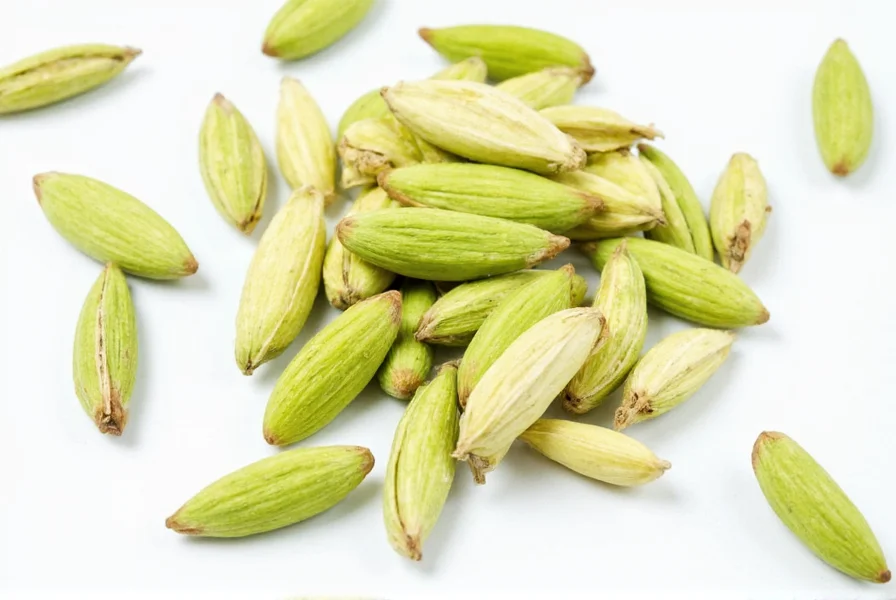










 浙公网安备
33010002000092号
浙公网安备
33010002000092号 浙B2-20120091-4
浙B2-20120091-4